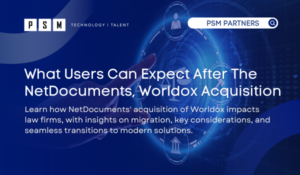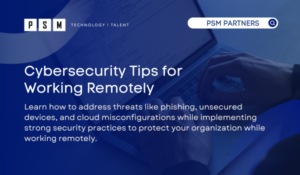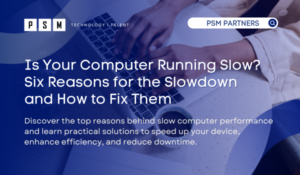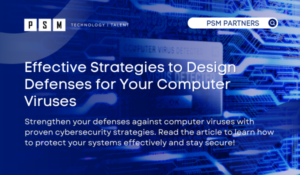Table of Contents
ToggleIn the ever-evolving digital landscape, the urgency of cybersecurity cannot be overstated. The cyber threat landscape is a rapidly evolving environment where new generations of cyber threats emerge, necessitating organizations to stay vigilant and adapt their security measures. With cyberattacks on the rise and increasingly sophisticated threats targeting businesses of all sizes, protecting both your organization and customer data is more critical than ever. To achieve robust security, companies must adopt a comprehensive approach grounded in the 5 C’s of Cybersecurity.
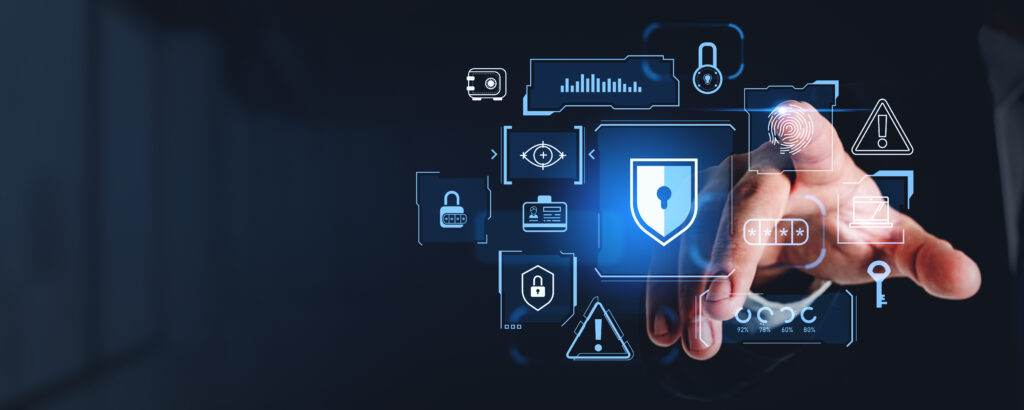
What are the 5 C’s of Cybersecurity?
The 5 C’s of Cybersecurity are the foundational pillars of a comprehensive cyber security framework designed to protect both your business and customer data. These key elements—Change, Compliance, Cost, Continuity, and Coverage—work together to create a resilient defense against ever-evolving cyber threats. By staying adaptable to new risks, adhering to regulatory requirements, balancing security investments, preparing for quick recovery after attacks, and ensuring full protection of both physical and digital assets, companies can safeguard sensitive information and maintain trust with their clients. Embracing the 5 C’s is essential for any organization committed to strong cybersecurity.
Change: Staying Ahead of the Evolving Cyber Threat Landscape
In the world of cybersecurity, change is inevitable. Emerging technologies play a crucial role in shaping current cybersecurity trends, but with these advancements come evolving threats. Cybercriminals are constantly adapting, finding new ways to exploit vulnerabilities, which makes it essential for companies to embrace continuous improvement. Just as IT and security professionals must adopt a mindset of continual education, organizations must regularly update systems, software, and security protocols to stay ahead of potential attacks. There is no steady state or comfortable position—staying stagnant leaves you vulnerable. By proactively embracing change and upgrading defenses, your organization remains resilient in an ever-shifting digital landscape. In cybersecurity, adaptation is not just a strategy; it’s a necessity.
Compliance: Meeting Standards and Ensuring Data Security
With the rise in cyber threats, compliance has become a critical aspect of cybersecurity. While governments and industry regulators have established strict guidelines to ensure businesses protect sensitive data, it’s essential for companies to take a proactive approach in assessing their security posture. Tools can quickly identify gaps in compliance, but organizations should regularly evaluate their defenses against standards of their choosing—whether through annual penetration testing or compliance checks against frameworks like CISA, NIST, or ISO. Adhering to these guidelines isn’t just about following the rules; it’s about ensuring the safety of your data and that of your customers. Compliance helps align your organization with best practices, avoid costly penalties, and build trust with clients. By consistently assessing and improving your security posture, you demonstrate your commitment to data security and show that safeguarding sensitive information is a top priority.
Cost: Balancing Investment and Risk
When it comes to cybersecurity, cost is a crucial factor. Businesses must weigh the investment in robust security solutions and infrastructure against the potential financial fallout of a breach. The aftermath of a cyberattack can be devastating—lost revenue, legal penalties, damage to reputation, and the cost of remediation. While investing in advanced cybersecurity measures may seem expensive, the cost of failing to protect your business can be far greater. Companies of all sizes need to strike the right balance, understanding that investing in strong security now can prevent far more significant losses down the line. Prioritizing cybersecurity is not just an expense—it’s a safeguard for the future.
Continuity: Ensuring Rapid Recovery After an Attack
Continuity is a vital component of cybersecurity. Supply chain attacks, which exploit vulnerabilities in the trust relationships between organizations, are a growing threat that necessitates a robust continuity plan. In the event of a cyberattack, having a solid continuity plan in place ensures that your business can quickly resume operations with minimal disruption. A well-prepared disaster recovery plan helps minimize downtime, reduce associated costs, and restore normalcy efficiently. Regular risk management assessments and drills are essential to keeping these plans effective and up to date. By proactively preparing for the worst, you can ensure your organization is equipped to handle disruptions and recover swiftly, maintaining business operations and safeguarding your reputation in the face of cyber threats.
Coverage: Protecting All Assets, Physical, Digital, and Endpoint Security
Coverage in cybersecurity refers to the comprehensive protection of both physical and digital assets, but there is no “one size fits all” solution. This is where the concept of Defense-in-depth comes in—a layered approach to security that recognizes the need for multiple solutions. Cloud security, for example, is critical for safeguarding applications, data, and users in multicloud and hybrid environments. However, no single platform can address every security challenge. Instead of expecting one solution to cover all vulnerabilities, it’s essential to play to each system’s strengths while integrating other tools to build a more robust defense.
From securing data centers with biometric access controls and surveillance to protecting digital assets with encryption and advanced security protocols, a comprehensive approach ensures full coverage. Even cyber insurance adds an additional layer of protection by offering financial safeguards against breaches, data loss, or system downtime. Ensuring full coverage means using a range of solutions to reduce vulnerabilities and give your business peace of mind, knowing it’s prepared for potential threats on all fronts.
The Critical Role of the 5 C's in a Comprehensive Cybersecurity Strategy
The 5 C’s of Cybersecurity play a crucial role in building a strong security strategy. Network security is a foundational aspect, essential for identifying and blocking attacks that occur over the network. Change, however, isn’t just about keeping systems up to date; it’s also about accountability. Effective Change Management ensures that every modification in the environment is documented with a clear audit trail, identifying what changes were made and who is responsible for them. This level of transparency not only helps protect against external threats but also mitigates internal risks.
Compliance aligns businesses with regulatory standards and builds trust through adherence to security requirements. Cost weighs the investment in security measures against the potential financial impact of a breach. Continuity ensures businesses can recover quickly from cyberattacks, minimizing downtime and associated costs. Coverage protects all assets—both physical and digital—through a comprehensive approach that may also include cyber insurance, ensuring full security and risk management.
Together, these pillars form a holistic approach to cybersecurity, ensuring that businesses not only protect themselves from threats but are also prepared to respond and recover swiftly. Ignoring any one of these components can leave an organization vulnerable, but by addressing all five, companies can create a comprehensive defense that fosters long-term resilience and instills confidence in customers.
Partner with PSM Partners for Comprehensive Cybersecurity Solutions
In today’s rapidly changing digital landscape, partnering with PSM Partners for cybersecurity services is a strategic move that can significantly enhance your organization’s security posture. We understand that identities are just as critical as endpoints. As the saying goes, “Hackers don’t break in. Hackers log in.” A compromised identity can cause as much damage as a compromised endpoint. That’s why our approach goes beyond simply protecting devices like mobile phones, computers, and IoT devices—we also focus on safeguarding user identities to prevent unauthorized access.
Our team of experts is dedicated to helping businesses navigate the complexities of cybersecurity, ensuring that you effectively implement the 5 C’s—Change, Compliance, Cost, Continuity, and Coverage—into your security framework. We also emphasize the importance of securing mobile devices and user credentials, both of which are potential vulnerabilities within a network. With tailored solutions, proactive risk management, and continuous support, we empower you to protect your valuable assets and maintain the trust of your customers. Let PSM Partners be your trusted ally in safeguarding your digital future, so you can focus on what you do best—growing your business.
Related Insights
What Users Can Expect After The NetDocuments, Worldox Acquisition
Efficient document management is the key to the success of...
Read MoreCybersecurity Tips for Working Remotely
The COVID-19 pandemic led to an increase in remote work...
Read MoreIs Your Computer Running Slow? Six Reasons for the Slowdown and How to Fix Them
An aging computer can significantly delay business productivity and impact...
Read MoreEffective Strategies to Design Defenses for Your Computer Viruses
Design Defenses for Your Computer Viruses: Key Strategies to Protect...
Read MoreAbout the Author

Marisa Maiella
I'm a dynamic Marketing Coordinator with a passion for crafting compelling marketing campaigns and engaging content. Known for my creativity and strategic approach, I am committed to fostering brand growth and enhancing engagement through innovative marketing strategies.


